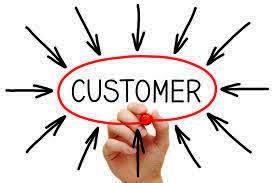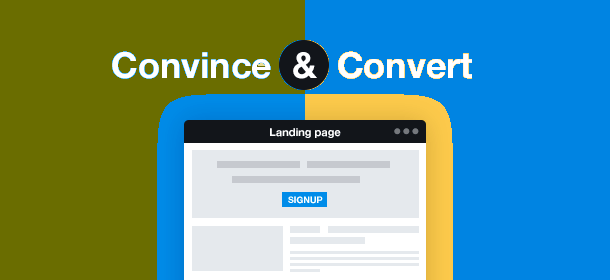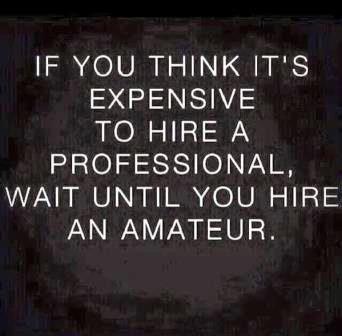As online shopping continues to grow, it’s important to make sure that you provide a simple, seamless experience for your online customers.
Maybe you don’t have an online store. Perhaps you just have a handful of items or services that your offering to your visitors. Whatever the case, if you want repeat business, referrals and great reviews, keep your clients happy!
Consider the following five tips to help create a great user experience:
1. Make sure that your site is responsive. While Google is not longer directly penalizing websites that aren’t mobile responsive, having a site that is not responsive can hurt still affect your SEO rankings indirectly. But it can hurt your user experience even more. People are using mobile devices like tablets and smartphones all the time. If your site does not respond and display well on these devices, users will become frustrated and buy from someone else.
2. Check your page load times. This tip kind of works hand-in-hand with the tip noted above. People want to see great pictures of your products and/or great descriptions of your products and services, but if it takes a long time to load, kiss the sale goodbye.
3. Do not make your users create an account. With more and more transactions happening online, the need to create an account or connect with the social media account has become prevalent. People are becoming fatigued with this process and are choosing, more and more often, to opt out rather than creating a new account. Make it as simple as possible for people to see what you are offering. You will get the information you need when they make a purchase, so don’t make it onerous for them to shop.
4. Watch the pop-ups. Depending on the type of site you have, you might have anywhere from one to several pop-ups on your page. Remember the golden rule. After all, don’t you find pop-ups annoying when you are trying to ascertain the contents of the site? Keep the pop-ups to a minimum to keep user frustrations also at a minimum.
5. Give people payment options. Limiting the way people can pay for your products or services will also limit the number of buyers. Be sure that people can pay with whatever method they choose, as easily as possible.
One final bonus tip: remember that people like to deal with people or businesses that they like, know, and trust. Do not treat your customers like strangers. Develop that relationship, build that trust and gain a loyal client.
Until next time…
Are you ready to grow your business now? If you’re ready to take the next step and make your business more profitable, contact us today.
If you like the information you are receiving, please consider forwarding this post.









